Mike Shaw, Director, International Ad Sales, Roku talks TV commerce: a golden opportunity for retailers
The TV has a special place in the UK’s homes. It’s been over a century since the BBC’s first broadcast, and in 100 years we’ve experienced so many milestone moments through the aerial. From the Queen’s coronation to the King’s, and other major events like the moon landing, we’ve seen a lot. Hit sitcoms, breaking news, awards shows – the list goes on.
But it’s not just about the broadcasts. The TV has a pedigree of delivering some of the most memorable advertising moments, with a power that no other media format can match.
Many retailers have used it to build their brand over the years; the John Lewis ad is now considered the start of the Christmas season. Yet this just scratches the surface as an example of retailers capitalising on TV to build a brand.
TV ads: we know the pros, what about the cons?
While there is something incredibly special about watching TV, and brands have wised up to this over the decades, there exists significant roadblocks to getting your foot in the door with TV ads.
Traditionally, the nature and cost of traditional TV advertising trading has meant that only the largest retailers with the greatest spending power were able to invest.
And, because targeting consumers was locally restricted, it hasn’t been a viable marketing medium for many retailers, focusing on more performance orientated, lower cost digital channels instead.
Inertia around TV ads is not surprising given that we find ourselves in a stagnating market. The environment for retailers in the UK continues to be a challenge.
Faced with ongoing global pressures, and less spending power from consumers, many are looking at alternative mechanisms to grow revenue. One such strategy is retail media.
Broadly speaking, retail media is about branching out a buyer’s journey. You’re on a car resale website shopping for a new 4x4, but have you considered a roof rack for extra space?
Through analysing product data, retail media can serve up complementary ads like this. But it doesn’t stop with one platform like e-commerce.
For TV, this is where part of a brand’s online storefront is made accessible as part of a TV advert.
Through retail media, consumers can click and buy products while enjoying an evening show, or order food and snacks when watching a sports game – it’s all part of a complementary, branched out buyer’s journey.
You might be catching up on the latest episode of a blockbuster series, but what about enhancing that experience? Retail media can deliver that value directly to a consumer.
What’s the state of play with retail media?
Although it's in its infancy, the retail media sector is growing at a rapid rate. According to GroupM, the world’s largest media investment company, the sector grew by 9.8% globally in 2023 and is expected to increase by another 8.3% this year.
For retailers who are facing the dual challenges of rising costs and less purchasing power from consumers, retail media could be the revenue stream that might ease their financial woes.
And it’s not one-dimensional; it doesn’t just have to mean selling ad space on your site. Thanks to the first-party consumer data already collected, retailers can harness opportunities outside of their direct channels to collaborate with brands and drive growth.
While social media obviously takes a large chunk of digital advertising budgets, there is a growing opportunity for retailers to look again at how the TV can support their business needs.
Harness the power of shoppable ads
Many consumers are used to the concept of shopping via ads, particularly on social media.
All they have to do is click the link or button and they’re taken through to the product page to start the buying process. However, those ads are not generally as engaging as TV.
As streaming services evolve, and with that the advertising they can offer, such as we’re seeing from providers like Netflix and Disney+, retailers can enhance their ad message with the power of the TV.
An online shop for an item can be a fiddly, multi-step process with a lot of drop-off in the middle as consumers get distracted or frustrated, but the TV promises a more fluid approach.
Through retail media for TV, consumers can easily purchase what they want using the TV as they do something else.
This can be as simple as buying pizza, through to getting new clothing or household items on your weekly shopping list. This is what TV commerce is all about, and it’s the next step in reducing the sales funnel down to just one click.
The convenience of shopping via the remote
Through the TV, it is possible to reach consumers when they are already engaged in the screen they’re watching, and it makes the remote in everyone’s hand a shoppable unit, with unique technology integrations to expedite the buyer’s journey.
Typically the investment in advertising on a streaming service can be less, potentially lowering the barrier to entry into TV, so smaller businesses can harness its power by being more targeted and cost-efficient than ever before.
Shopping via the remote can also enable shoppers to buy faster. For example, during the pandemic, embedding QR codes into ads went from relatively niche to widespread practice.
They’ve proven highly effective to increase engagement. However they’re not always the most effective way to drive shoppers to buy anymore.
This is because, for a QR code, consumers have to get out their phones to access the site, use their camera, get internet access and go to a site, with friction coming back into play from a longer buyer’s journey.
What makes retail media a good strategy for advertising?
As expectations grow and patience for unwieldy payment methods reduce, delivering what people want here and now is key. TV-commerce can remove the obstacles and bureaucratic process of buying, such as inputting card or shipping details.
For retailers and the brands they sell, the opportunity is vast and makes true one-click purchasing possible in a way e-commerce simply cannot match.
To make TV-commerce a reality, retailers need to consider the ads they create for the format. Newer formats, which are fully integrated into the TV platform, enable retailers to rethink how they advertise.
For example, clicking ‘OK’ on the remote can take consumers through to the buy screen so they can simply confirm their card and shipping details, which may already be pre-populated as they’re already signed in via the streaming service.
Creating a shopping experience in this way enables retailers to be more creative in their advertising, and make the sales funnel much more efficient.
Ultimately, retailers will need to play a long game with retail media. Calculating metrics is very tricky. For the short-term, retailers can look at the direct response element, how many people bought a product, or clicked through andspent time on a branded location.
But for the long-term, it’s important to look at the big picture;what was our brand lift?
What was the share of category spending? It’s critical to not throw out those long-term metrics; immediacy isn’t the only place you see value.
Building a case for the long-term value of TV commerce will mean more people in industry advocate for its investment, and ultimately that TV experiences can be enhanced for consumers, with retailers better delivering what consumers want when they want it.







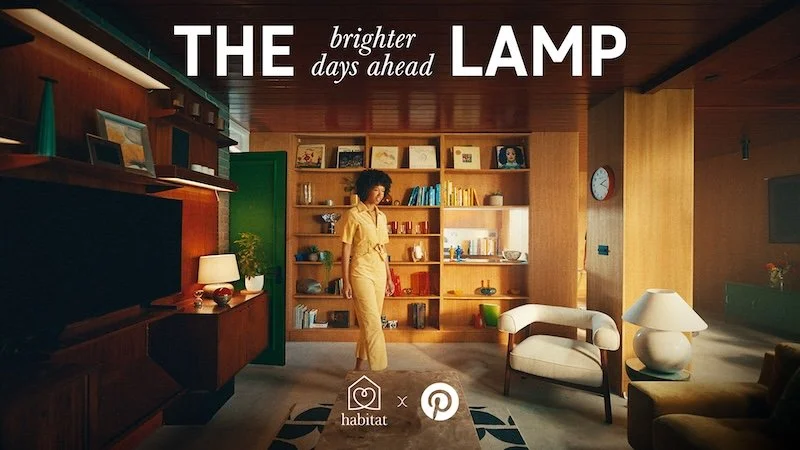




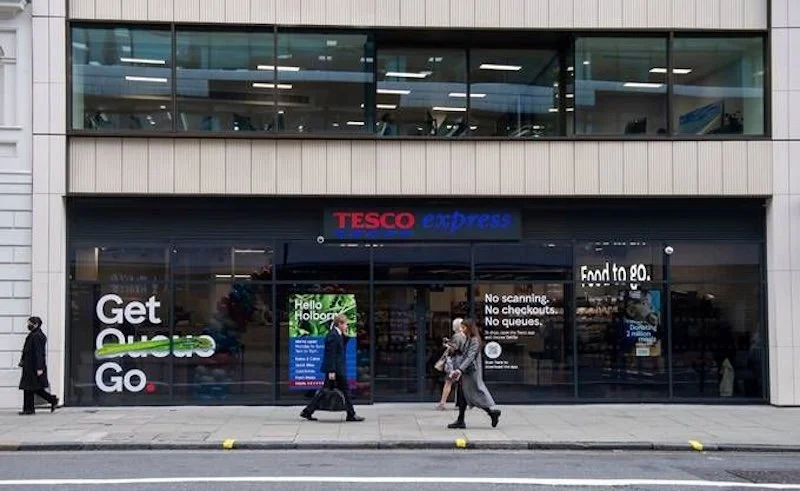
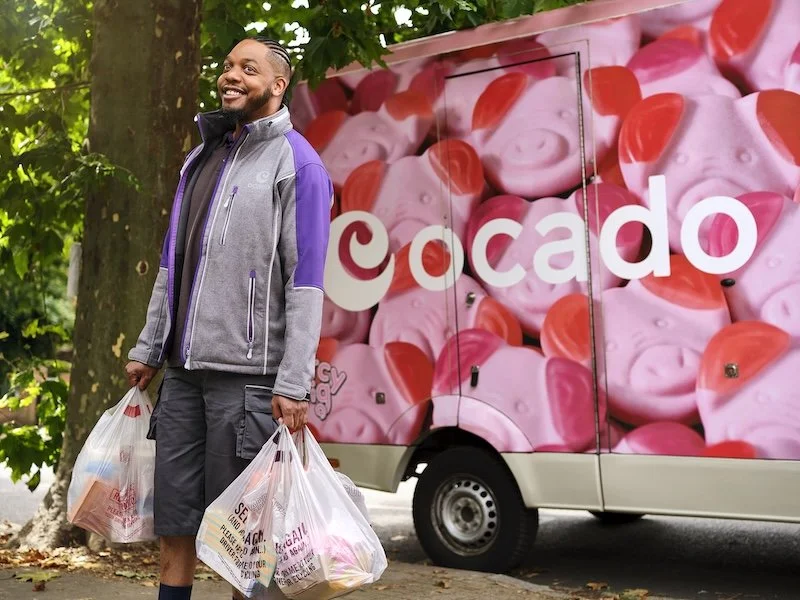




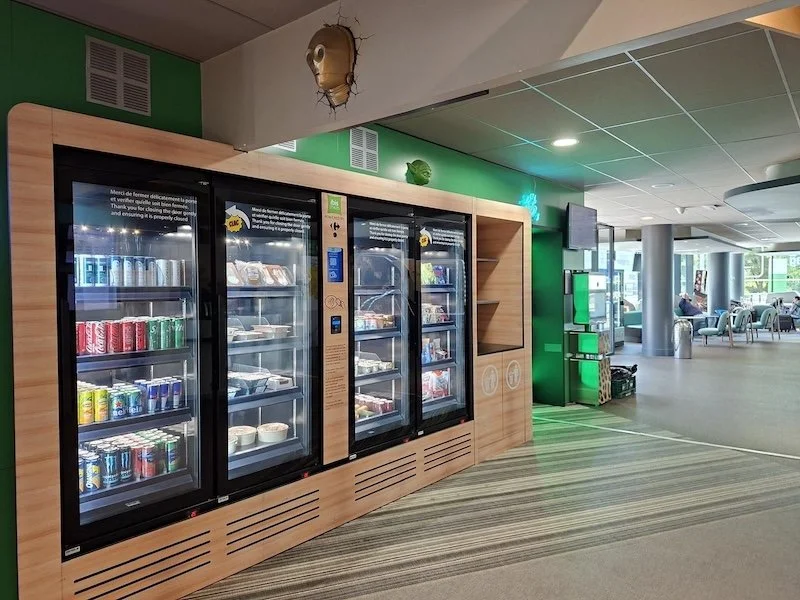


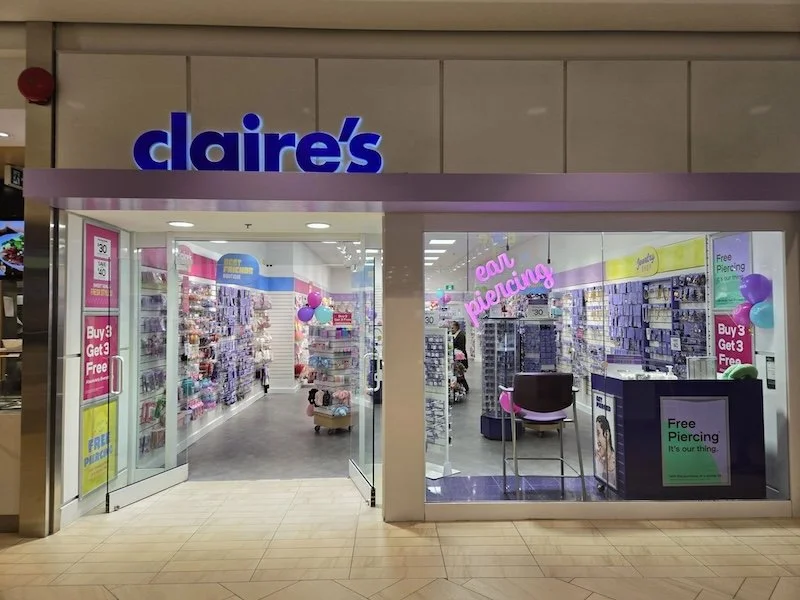

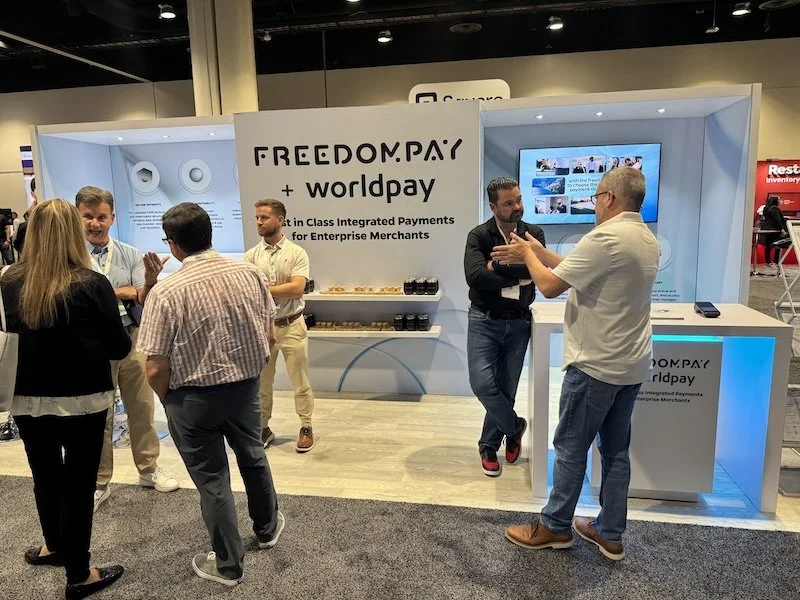








Continue reading…